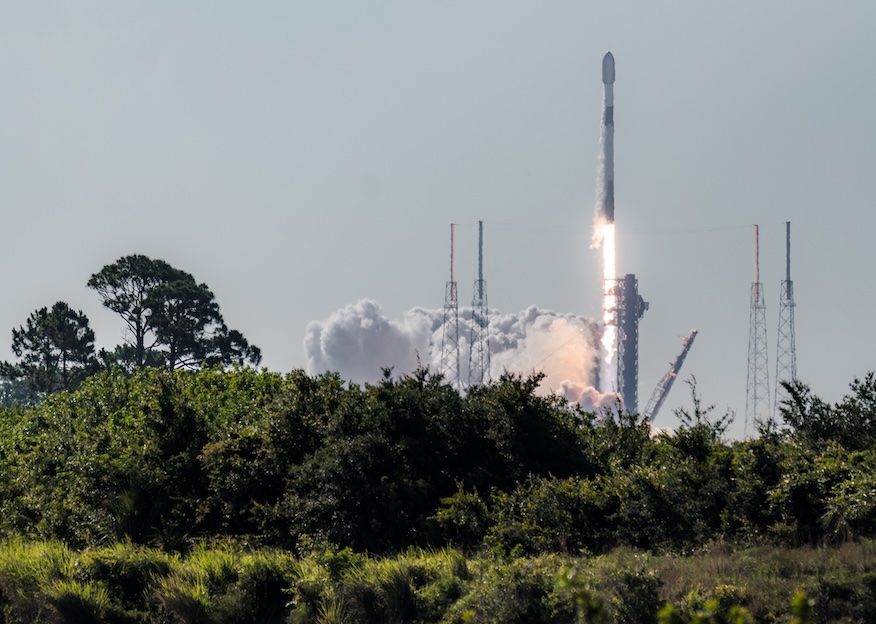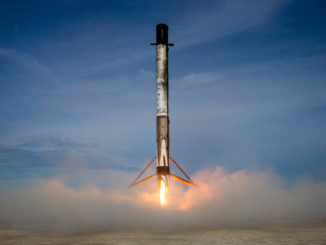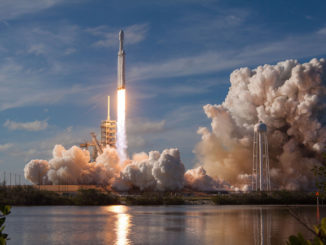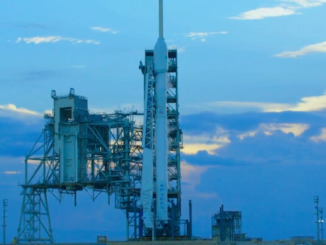
Update June 10, 11:19 a.m. EDT: SpaceX confirms deployment of the Starlink satellites.
SpaceX launched a Falcon 9 rocket with its latest batch of Starlink V2 Mini satellites into low Earth orbit on Tuesday morning.
The mission, dubbed Starlink 12-24, lifted off from Space Launch Complex 40 at Cape Canaveral Space Force Station at 9:05 a.m. EDT (1305 UTC).
On Monday, the 45th Weather Squadron forecast a 95 percent chance for favorable weather at the opening of the launch window on Tuesday. Over the course of the four-hour window, weather deteriorates to a 70 percent favorability.
“Shower chances are low in the morning but will increase in the early afternoon with daily heating and the sea breeze development,” launch weather officers wrote. “While the more significant convection is expected later in the day, the sea breeze could trigger some locally developing showers towards the end of the window.”
SpaceX used Falcon 9 first stage booster, tail number B1083, to launch the mission, which flew for a 12th time. Its previous flights include NASA’s Crew-8, Polaris Dawn and Intuitive Machines’ second Nova-C lander.
A little more than eight minutes after liftoff, B1083 landed on the droneship ‘Just Read the Instructions.’ This was the 124th booster landing on this vessel and the 460th booster landing to date.
Onboard the Falcon 9 rocket were 23 Starlink V2 Mini optimized satellites, of which 13 have direct to cell capabilities. Prior to this launch, SpaceX launched 260 DTC-capable Starlink satellites so far this year.



